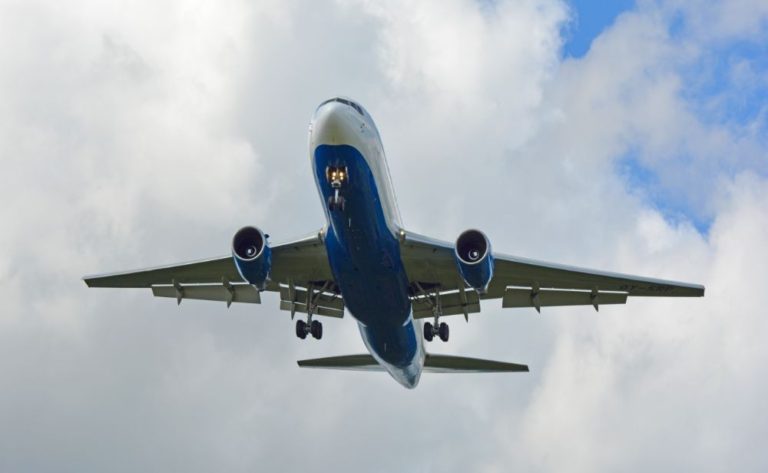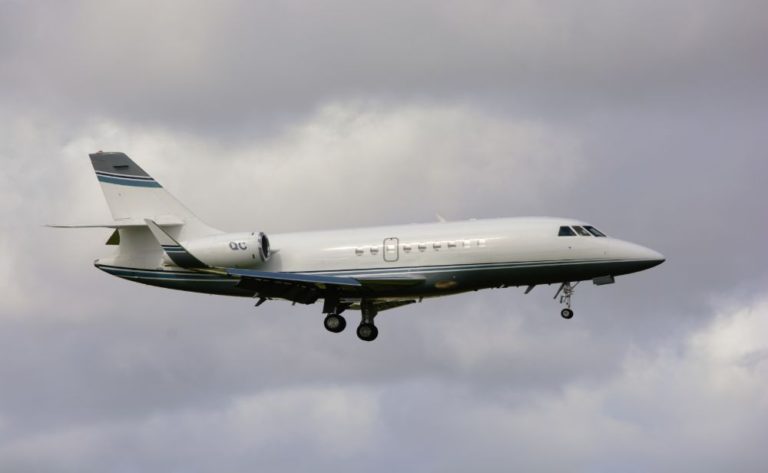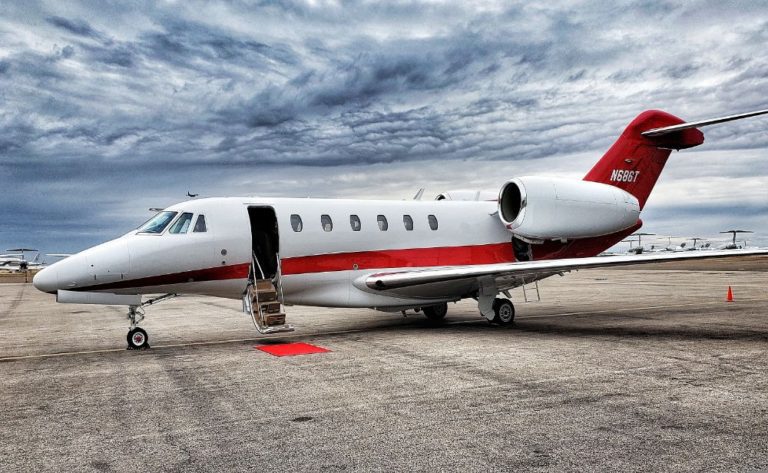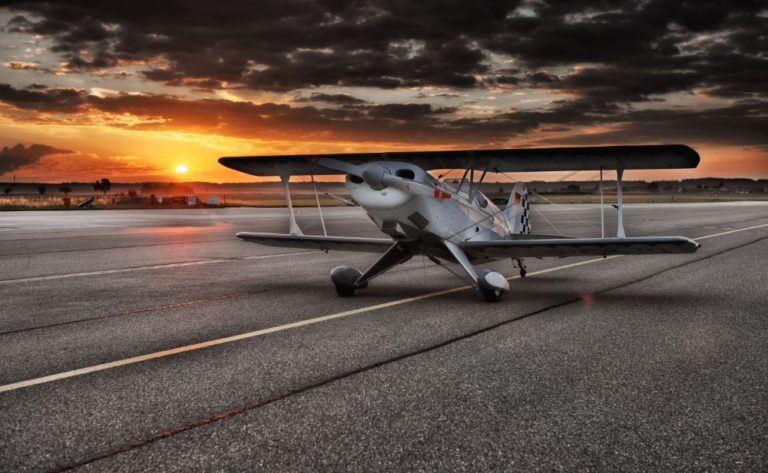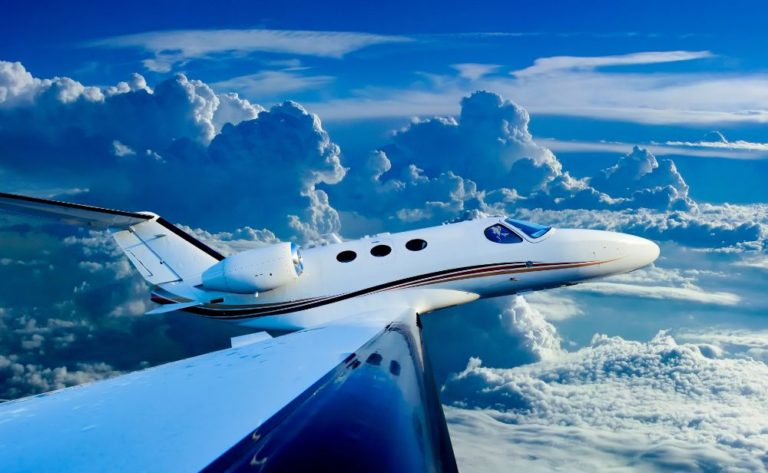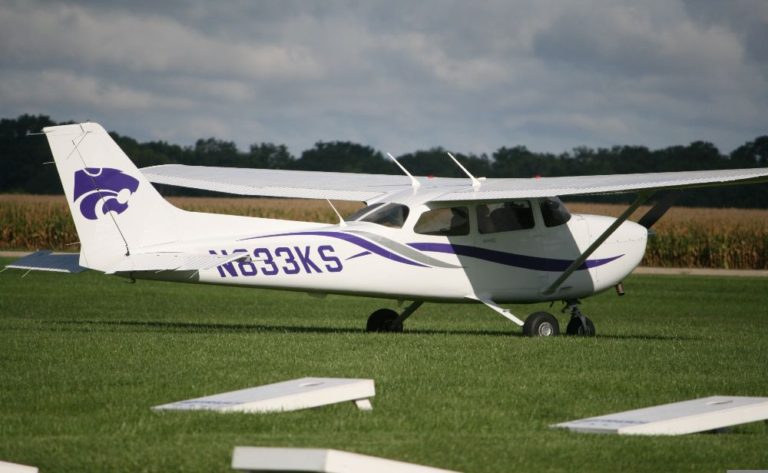8 Different Types of Private Jets

Even though they are flown in the civilian sector, airplanes are designed to carry out certain tasks. In the realm of private jets, where there is a plane to cater to the needs of each individual client, mission-based design is more obvious than anywhere else. Some are extremely quick, some have an extremely long range, while others are as plush and opulent as a royal palace.
Private jets can be broken down into eight distinct categories, ranging from very light aircraft the size of small airplanes to business airliners based on super jumbo jets like the Boeing 747 or the Airbus A380. These subgroups are essentially organized according to the size of the aircraft, however larger aircraft typically have the capacity to transport a greater number of people and bags in addition to more fuel, which enables them to go farther distances.
Private planes are obviously status symbols for the really rich, such as golfers, but they are also utilized in the corporate sector to boost productivity and reduce the amount of time that is lost traveling. Additionally, some pastors use private aircraft to get from place to place more quickly. It is possible to continue working in these flights because the cabins are calm and free of distractions, making them the ideal environment for doing so.
The great majority of private jets that fit this description are operated by charter businesses. There are many different types of business models, but charters can be obtained from operators of all sizes all around the world. These operators in the United States are required to obtain certification from the FAA in accordance with FAR Part 135, which is titled “Non-Schedule Air Carriers.”
If a company takes a significant number of flights each year, it is in their best financial interest to establish their own aviation department. Executives are able to arrive at their locations more calm and refreshed when they travel via corporate aircraft, which helps them to reach their destinations more quickly. They are able to use secondary airports, which are likely to be located closer to their destination. Additionally, their timetables are not disrupted by airline delays and cancellations.
The Air Force of the United States makes use of a significant number of these jet models for a variety of different kinds of operations. The most well-known example is “Air Force One,” a 747 with an executive configuration that is used by the President of the United States. There are, however, other instances, such as a Boeing 757 that is used by the Vice President and a large number of smaller corporate aircraft that are used for transporting dignitaries and high-ranking officers between bases. Research on the atmosphere is carried out by NOAA and NASA using a variety of jets, including Gulfstreams.
1. Ultra-Short Range Jets (VLJs)
If you find that a single-engine or twin-engine piston aeroplane does not exactly provide the level of power that you require, you may want to consider purchasing a very light jet (VLJ). VLJs, which are the most compact categories of private jets, have only been available to consumers since the late 1990s, when the industry-changing Eclipse Jet was first introduced.
Because their cramped cabins can only accommodate four or five passengers at a time, the greatest customers for these planes are owners who want to take their family on vacations. However, there are also a number of air taxi operators that make use of them in order to quickly transport customers from one location to another.
The cabins are similar to those of other light aircraft in that they include large, comfortable seats; nevertheless, there is little space to stand up and move around. Think of travelling in one of them as being similar to riding in an extremely quick SUV. Because they are intended for use by owner-operators, these aircraft have streamlined cockpits and were developed with an emphasis on flying comfort in mind. Most include FADEC engine technology and glass cockpits as standard equipment.
Manufacturers of very light jets are often businesses who specialise in piston-powered aircraft and are aiming to diversify their product offerings, with a few notable exceptions. As their initial step into the realm of jets, companies like as Cirrus, Piper, and Diamond have each presented ideas for the very light jet (VLJ) market. Others, such as Eclipse and Honda, are new to the aviation industry and are concentrating their efforts completely on the market for VLJs. Both Embraer and Cessna are well-known makers of jets, and both companies have created smaller VLJs in order to compete.
The Great Recession of 2007 halted the expansion plans of several manufacturers just as the VLJ industry was beginning to show signs of life. After an absence of more than a decade, the market is now again being flooded with new models.
The Eclipse 500/550, the HondaJet, the Embraer Phenom 100, the Cessna Citation Mustang, and the Cirrus Jet are some examples of very light jets (VLJs).
2. Very Small and Very Light Jets
Small light jets were in use prior to the advent of very light jets. These are the younger versions of their older brothers and sisters, and the primary manufacturers of business jets, such as Hawker, Learjet, Dassault Falcon, and Cessna Citation, are the ones who typically produce them.
These aircraft, in contrast to very light jets (VLJs), have sufficient space between seats as well as a restroom. Because the cabins are so cramped, you won’t have much headroom even if you sit down. They typically have one row of seating that can accommodate anywhere from six to eight people comfortably, and each seat has ample capacity to recline.
At secondary airports all over the world, it is not uncommon to see light jets of the size of the Hawker 400XP, Cessna Citation CJ2, and Dassault Falcon 10.
3. Ultra-Lightweight Jets
The super-light jet is an aircraft that is similar to the light jet but has a longer body. Depending on the type, these jets can seat anywhere from eight to eleven passengers. When compared to smaller jets, they have more space for passengers’ luggage and a greater range.
Some types of these jets have ranges that are close to 2,000 nautical miles, making them the greatest option for flying extended journeys. They are also still small enough to be able to operate out of smaller airports, which is convenient for passengers who wish to visit smaller communities but do not wish to travel to larger airports. They often feature sufficient space for enclosed lavatories as well as compact galleys.
The cabins aren’t very large, but they have enormous, comfortable seats that recline even though they’re not very spacious. The cabins are typically very comfortable and offer amenities comparable to first-class airline service; nevertheless, there are no other passengers present.
The Gulfstream G100, the Embraer Phenom 300, and the Cessna Citation XLS are all models that are considered to be examples of super light jets.
4. Midsize Cabin Jets
The smallest planes that allow passengers to stand up in the cabin are called “midsize cabin jets.” They are also capable of travelling far over 2,000 nautical miles throughout each flight, which enables them to operate transcontinental flights inside North America due to their size and range.
One further aspect that sets apart midsize cabins is the fact that they are typically attended to by a flight attendant. Flight attendants in private aircraft serve passengers with drinks and meal service in addition to performing safety functions in the event of an emergency, just like their counterparts in commercial airlines.
On board, passengers of a jet of this size will have access to restrooms and galleys for the purpose of entertainment and meal preparation. Even with all of these conveniences, they are still able to operate out of more compact airports and from runways that are somewhat shorter.
The Gulfstream G150, the Cessna Citation Latitude, and the Learjet 60 are all examples of cabin jets that fall into the medium category.
5. Super Midsize Cabin Jets
Do you require even more time in the air? The majority of super-midsize aircraft have an endurance that is greater than seven hours, which results in a range that is greater than 3,500 nautical miles. They have the capacity to carry between ten and twelve persons on average and offer far more luxury accommodations than their more compact counterparts.
There is a gap in the market between private jets classified as midsize and those classified as heavy, and super midsize jets fill that gap. The vast majority of them take place as a result of producers either growing or decreasing the size of a well-liked heavy or midsize jet. Regardless of how they came to be, they are effective at accomplishing their goals because, in comparison to their larger sisters, they are both more compact and less luxurious. As a result, they require fewer resources to run while still being able to travel over oceans and continents.
The Gulfstream G200, the Cessna Citation Sovereign, and the Bombardier Challenger 350 are all examples of super-midsize cabin jets.
6. Heavy Jets
Heavy jets are designed to provide the best level of comfort possible on long-haul flights. They have an average range of 4,000 nautical miles and first-class seating arrangements. They have the capacity to carry anywhere from ten to twenty passengers, and their interiors can look very different depending on the configuration chosen for them.
Some of these planes are intended for use as corporate people movers and have an increased number of seats in addition to additional capacity for use on longer flights. Others are built to accommodate a smaller number of passengers but come equipped with comforts such as dining tables and sofa beds.
All of the heavy jets have restrooms that are completely contained, and some of them even have showers that are completely enclosed as well. In addition, standard amenities include fully-equipped galleys for the preparation of drinks and meals while travelling.
The Gulfstream G350, the Bombardier Challenger 605, and the Dassault Falcon 900 are examples of heavy jets that are frequently seen.
7. Ultra-Long Range Heavy Jets
There is no mode of transportation that can compare to a celebrity’s own personal G-V (“G-Five”) in terms of convenience. When Gulfstream Aerospace introduced the G500, G550, G600, and G650, they retired the previous models’ names (and G700 new for 2020). However, despite the fact that the new names are not as memorable, the cliché is still true. These private jets are the pinnacle of social status symbols.
The cabins of ultra-long-range jets are spacious enough to accommodate large groups travelling across oceans. They are capable of performing ocean trips with no stops in between and are employed by global corporations. One such example is the new G700, which has a range of 7,500 nm. That is more fuel than the majority of the world’s largest aircraft, and it is sufficient to fly nonstop from New York to Beijing with some fuel left over.
The majority of ultra-long range jets also feature exceptionally comfortable cabins for their passengers. On lengthy journeys, many of them provide staterooms where passengers can sleep. Executives who are frequently on the road value the ability to arrive at their destination feeling revitalised and refreshed after a good night’s sleep. Because they are operated on such long flights, many also include rest areas specifically for the crew.
There are other examples of ultra-long range heavy jets besides the Gulfstream G500, G600, G550, G650, and G700, such as the Dassault Falcon 7X and the Bombardier Global 6000. The Gulfstream models are the most well-known examples of ultra-long range heavy jets.
8. Executive Airliners
The ultimate status symbol is an airliner that has been converted for private or executive use, and when a G700 just won’t cut it, this is the aircraft to choose. Bizliners, as they are also known, are either purpose-built by the factory where they were originally purchased or converted after they have been taken out of service by an airline.
Donald Trump has a recognisable 757, John Travolta was known for flying his own 707, and the Sultan of Brunei flies in a customised 747. All of these aircraft are owned by very wealthy people. You can even order the world’s largest airliner, the Airbus A380, in an executive configuration if you have the money to do so!
The three major manufacturers of executive airliners, Boeing, Airbus, and Embraer, each have extensive marketing programmes for their products. The Boeing Business Jet (BBJ) was the company’s first offering, and it was a modified 737. At this point in time, you are able to place an order for any variant of a Boeing corporate jet, ranging from the narrow-body 737 to a 747-8 or 777.
Due to the fact that each one of these bizliners is a custom order, the interiors are very different from one another. In some of them, the principals and their entourages will have access to multiple staterooms in which they can relax while traveling. Others will be luxurious “palaces in the sky,” such as the ACJ380 that was ordered by the crown prince of Saudi Arabia.
The Boeing Business Jet (BBJ) was the first example of what is now known as an executive airliner. However, today, all models in the lines produced by Boeing, Airbus, and Embraer can be modified.
